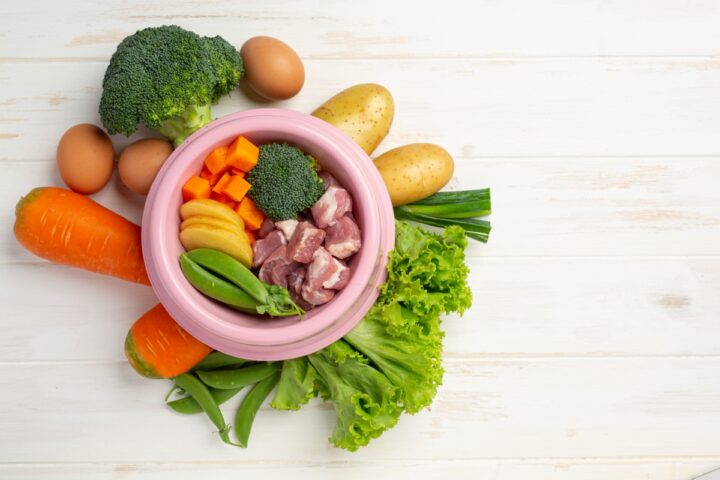
Coronary Artery Disease- Can It Be Prevented?
February 12, 2025
The Salt Factor in Our Diet
February 12, 2025You would wonder, the child is otherwise active and appears normal with no apparent problem, but when it comes to eating, he just refuses to. He might gorge on other products like milk, biscuits or chocolates or kurkure etc, but no food. Well, do you know the mystery behind this behavior could be nothing else, but just lack of iron in your child’s body? Yes, anemia, as it is commonly known, is a manifestation of iron deficiency. This phenomenon was earlier observed generally in the less privileged class of society due to lack of food availability or poverty etc. But now this problem is not restricted to a class of people, but widely prevalent across all sections of classes thanks to the western influence on our eating culture, to the extent that iron deficiency anemia is regarded as one of the National nutrition problems in our country.
There would be other subtle signs and symptoms which parents may generally fail to recognize, like growing very irritable, easy fatigueability, a pale look and pica, which is quite a common sign of iron deficiency, i.e. craving to eat mud, clay or wall scrapings and failure to grow. Pica and loss of appetite are one of the earliest signs in a child which should alert the parents that all is not well and their child could be suffering from anemia. According to studies, almost 53%-54% of children in a survey were found to be anemic, with greater prevalence of girls compared to boys.
The main causes of this high prevalence are nothing but faulty feeding habits right from infancy. Children who have not been exclusively breast fed till 6 months of age, children having diary milk which could be diluted too, excess of milk intake (as high as 1 lt/d), inadequate cereals, pulses and veggies in their diet, munching of biscuits, chocolates or other processed foods and most important those who are addicted to tea, all fall prey to iron deficiency anemia. Breast milk has a higher bioavailability of iron compared to other milk and a child deprived of this milk in early infancy can begin with a setback of deficient stores which are not easily repleted, as the child’s demands increase with age.
On the other hand, prolonged exclusive breast feeding or any other dairy milk beyond 6 months, without adequate supplementation of cereals and pulses also can result in iron requirement not being met, because milk is almost devoid of iron. Once the iron stores are depleted in the body, the child will just refuse to eat, even though he may accept milk, tea or other non nutrient foods. Once this deficiency sets in, depending upon the severity, the symptoms too may get more serious like palpitation, shortness of breath, abnormally shaped nails, lowered IQ level and gastro intestinal problems. At this stage, just diet will not help alone and iron supplements in the form of capsules or syrup need to be given too.
Therefore, as we know prevention is better than cure, it would be wise on the part of the parents and care givers to ensure the child is breast fed exclusively for first 6 months followed by adequate cereal supplementation by way of healthy home based foods rather than encourage foods like bakery products, sweets, coals, or even excessive milk and milk products. Some good iron rich sources of foods are whole cereals and pulses, gram, ragi, jaggery, green leafy vegetables, dry fruits like almonds, raisins, dates and egg yolk.




